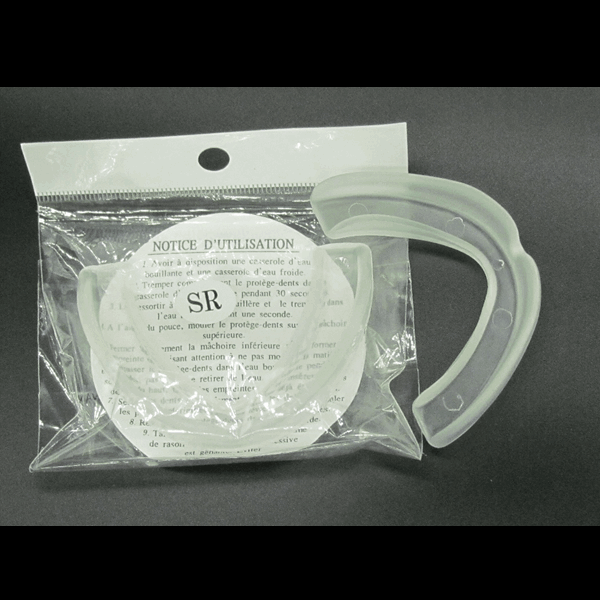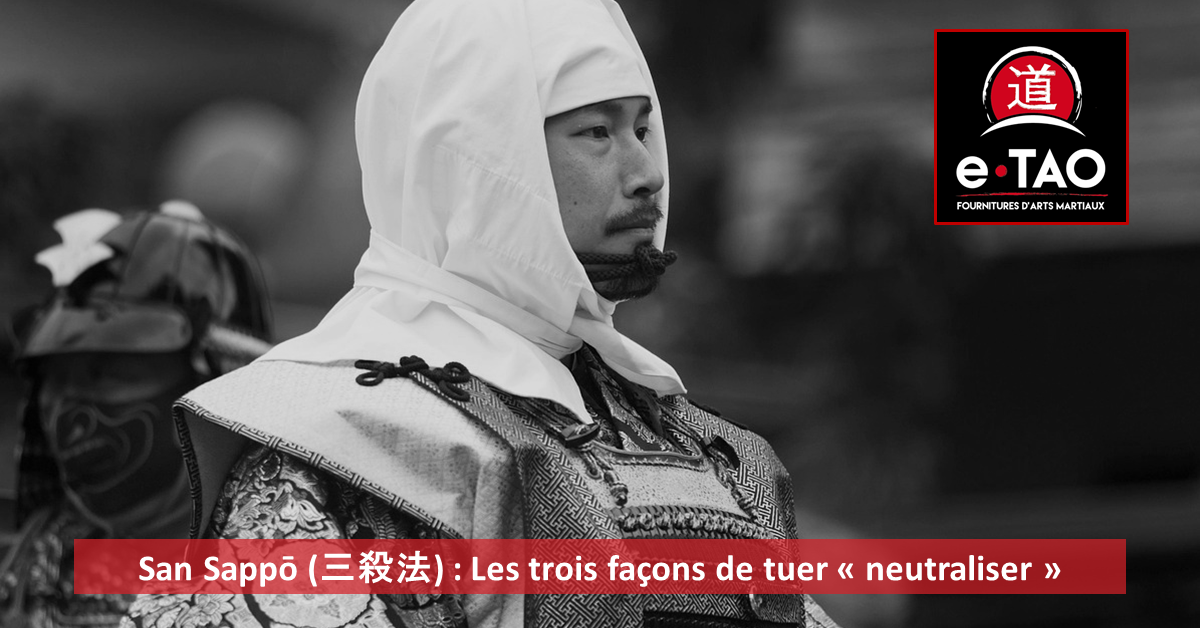In the world of Japanese martial arts, many strategic principles seem, at first glance, strictly combat-oriented. Yet, upon closer examination, one often discovers a much broader wisdom rooted in discipline, human psychology, and even life philosophy. The concept of San Sappō ( 三殺法) is a prime example. Literally translated, it means "The Three Methods of Killing." A title that, without context, could seem brutal or excessive. However, like many notions in budō, this principle hides a depth that deserves to be explored.
Origin and literal meaning
The term is composed of three kanji:
- 三(san) : three
- 殺(satsu or satsu-su) : kill, suppress
- 法(hō or pō) : method, law, principle
San Sappō is a traditional strategic concept in some schools of swordsmanship (kenjutsu), jiu-jitsu, and other classical martial arts (koryū). It describes three basic ways to "incapacitate" an opponent in a conflict situation. But be careful: it's not just about inflicting physical death. The term "kill" here is symbolic, and also applies to neutralizing an opponent's will, spirit, or power to act.
The three forms of "killing"
Traditionally, San Sappō is divided as follows:
- Ki o korosu ( 気を殺す) – “Killing” the spirit or intention
- Ken o korosu ( 剣を殺す) – “Killing” the sword or technique
- Mi o korosu ( 身を殺す) – “Killing” the body
1. Ki o korosu ( 気を殺す) – Remove intention
This first form of neutralization is often considered the highest. It consists of detecting and neutralizing the intention of aggression before it even manifests physically. The aim is to break the opponent's will, to deter them psychologically, or to destabilize them energetically.
In practice, this can be achieved through a look, a posture, a management of distance (ma-ai), or an attitude so calm and confident that the opponent loses his resolve to attack. This is the principle of sen no sen , acting at the very moment when the intention arises, or even just before. In advanced schools, this is almost a matter of intuitive perception or the "sixth sense."
2. Ken o korosu ( 剣を殺す) – Remove technique
Here, it's not about attacking the mind, but the instrument of attack: the weapon, the arm, the technique. The goal is to neutralize offensive movements, to block, deflect, or control the attack so that the opponent can no longer effectively engage in their offensive.
This may include:
- control the other's saber from the start of the engagement;
- cut its angle of attack;
- break its structure;
- or directly interfere with its rhythm.
In arts such as kenjutsu or kendo, this often translates into actions such as ken o sabaku (wielding or dominating the opponent's sword) or even deterrent strikes to the forearm.
3. Mi o korosu ( 身を殺す) – Remove the body
This last method is the most direct and often the most brutal: it involves delivering a decisive physical blow to the opponent, literally injuring or killing their body. This is the action that is applied once the first two methods have failed—when the intention has crossed the mental and technical thresholds, and a physical response is required.
In traditional arts, this represents the last resort: striking or slashing at the moment the opening manifests. It is also the method that leaves the least room for compassion or control. It is therefore often associated with the end of the cycle of conflict.
A hierarchy of intervention
These three forms are not simply options to choose from according to one's preferences. They represent a logical and ethical progression . The ideal is to neutralize the conflict before it takes shape, otherwise one acts on the tool of aggression, and finally, if no other choice is possible, one acts on the body.
This hierarchy reflects several fundamental principles of budō, notably the notion of "katsujinken" (the sword that gives life) , as opposed to "satsujinken" (the sword that takes life) . The true master is the one who can avoid combat, or conclude it without unnecessary violence (Saya no naka no kachi).
Contemporary applications
Even though we are no longer samurai on the battlefield, San Sappō finds a deep resonance in the modern world:
- In modern martial arts , the concept can guide tactical priorities: prioritize mental deterrence (through gaze, attitude, presence), then control movement (through technique), and strike only as a last resort.
- In conflict management , whether in business, school, or family settings, San Sappō can be seen as three levels of response: calming tension before it erupts, interrupting harmful actions or words, and finally, acting firmly if the situation escalates.
Conclusion: an art of life
San Sappō is not just a war strategy. It is also a tool of wisdom. It reminds us that true power lies in the ability to avoid conflict, to perceive what is happening before it explodes, and to take the right actions at the right time.
In a world often quick to react with force, even violence, San Sappō teaches us a more subtle path: that of inner mastery , of the keen reading of others, and of measured response. As in any true martial art, the goal is never destruction, but restored harmony.










